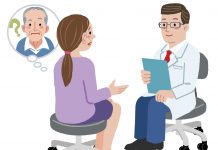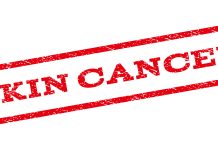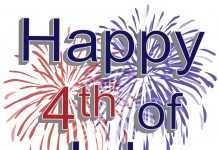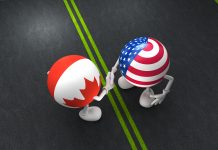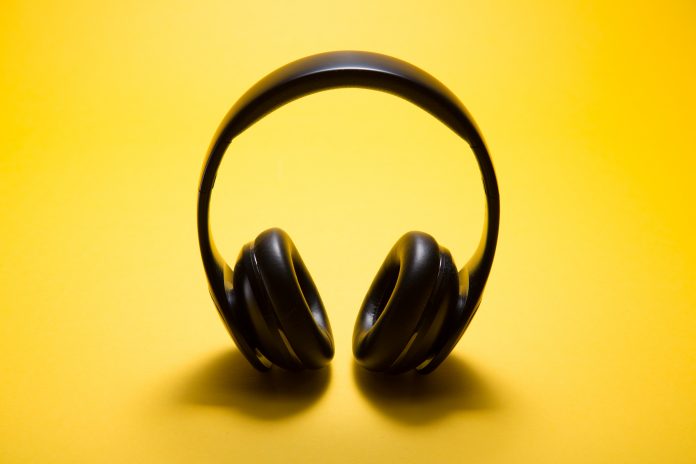Each year, the American Academy of Audiology (AAA) recognizes October as National Protect Your Hearing Month to raise public awareness about hearing protection and noise-induced hearing loss (NIHL). You are encouraged to participate by learning about the irreversible health risks of loud noise, wearing hearing protection, and encouraging those around you to avoid dangerous noise exposure.
The words noise and loud have harmful connotations. Noise is derived from “sea sickness” or “nausea” in Latin—it has been associated with poor health outcomes for thousands of years! Synonyms for “loud” include “ear-splitting” and “deafening.” One does not need to look far beyond a dictionary to know that loud noise is dangerous and something from which we must protect ourselves.
Using hearing protection—such as earplugs or earmuffs—can shield the inner ears from the damage noise of traffic, sirens, jackhammers, musical performances, machinery, or other everyday sounds that exceed 75 decibels (dB), the level at which the National Institutes of Health (NIH) states can harm hearing. In the absence of proper hearing protection, plugging your ears with your fingers can be effective, says Dr. Robert Dobie, Scientific Trustee, Hearing Health Foundation.
NIHL is the only type of hearing loss that is completely preventable, whereas hearing loss from aging is not. Hearing loss occurs gradually as one ages; the 16,000 sensory cells in the inner sensory cells ears (hair cells) that are present at birth naturally diminish throughout one’s lifetime. This is known as age-related hearing loss, or presbycusis, and typically begins between ages 65 and 74. Within this age group, one-third of adults experience diminished hearing. By age 75, about one in two adults have a hearing loss.
While age-related hearing loss cannot be prevented, older adults—and individuals of all ages—are highly encouraged to preserve their inner ear hair cells by taking measures to prevent NIHL. Remember the following three words: Walk, Block, and Turn. When exposed to loud sounds, walk away. Block noise by wearing earplugs or other hearing protective devices when involved in a loud activity. Turn down the sound on electronic devices.
NIHL can impact anyone at any time, including children and teens. 1 in 5 teenagers, an age group that frequently uses loud headphones or earbuds, suffer from hearing loss. Unprotected exposure to music from a smartphone at or above 105 dB can damage hearing in just minutes. Birthday parties, movie theaters, weddings, and family celebrations can blast noise exceeding 115 dB. Football stadiums, hockey arenas, exercise classes, and music concerts have clocked in at over 140 dB.
Additionally, sudden loud noise—such as from blasts, gunfire, firecrackers, and bullhorns—also can cause hearing loss with levels reaching 165 dB! This is why so many veterans return with hearing loss and tinnitus. Tragically, they are the two most common disabilities for those who serve.
Hearing loss can be mitigated by technology including hearing aids and cochlear implants. While these treatments are beneficial and life-saving, research toward permanent cures is under way. Until then, it’s imperative that to recognize NIHL for the danger that it is.




